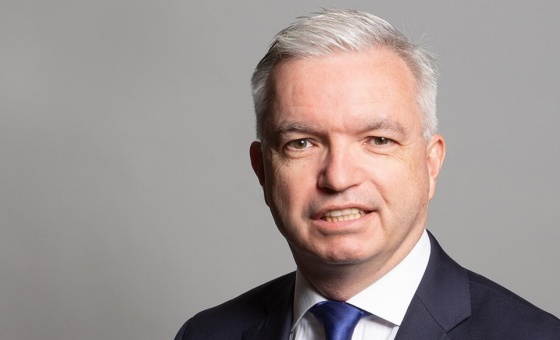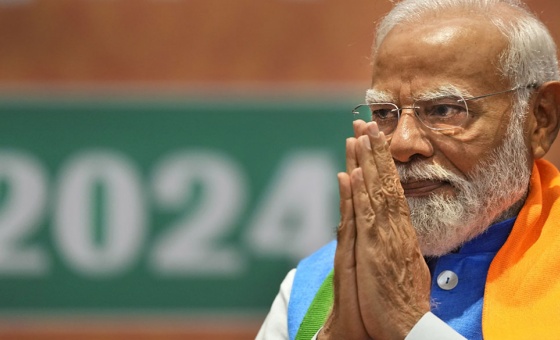This is the last article you can read this month
You can read more article this month
You can read more articles this month
Sorry your limit is up for this month
Reset on:
Please help support the Morning Star by subscribing here
IN ITS run on Spanish TV, Netflix’s Money Heist was more appropriately titled La Casa de Papel — “House of Paper” — which brings to mind Marx’s characterisation of capitalism as a house of cards.
The first season, to the surprise even of Netflix, was the top ratings hit on the service for a show whose language is not English. The series was the most popular last year in Western Europe and one of the most popular globally.
Why the phenomenal success? The answer lies in the major change Money Heist makes to a long and honourable genre, in which thieves often operate in enclaves of marginalised or working-class bands formed to steal money from an impregnable fortress — think The Asphalt Jungle, Rififi, or The Lavender Hill Mob.
La Casa de Papel, on the other hand, has the gang breaking into the national mint — not to steal but to print money, in the same way that in the wake of the financial collapse in 2007-8 and the ensuing European sovereign debt crisis, the European Central Bank (ECB) printed money.
That ECB money went to bail out banks and corporations or to increase government debt and those governments were then taxed with cutting social services to pay the original loan. That austerity was particularly acute in La Casa de Papel’s home country of Spain.
Reversing the trend of who gains from printing money, the first session has the cash put in the hands of the people, in this case a ragtag underclass band of thieves. The show’s extraordinarily high ratings reflected the anguish of European audiences ravaged with debt. Victims of austerity, they had watched corporate and financial power increase through quantitative easing or money printing.
The support in the ratings was a vote for using the state’s power to print for the benefit of all, instead of for the wealth of a few.
The importance of addressing this inequality is stressed in key moments near the end of the first season. The Professor, the gang leader, has been courting Murillo, the cop who is pursuing him and when she finds out he is the gang leader she is furious at his betrayal.
But, after he explains what the ECB has been doing in terms of rescuing the financial elite and leaving everyone else in the lurch, she changes and becomes his ally and his lover.
Season two has the gang breaking into the Spanish National Bank and tapping the state’s gold reserves, melting them down and mixing them with trinkets as a way of smuggling the gold out of the bank. With the global loss of confidence in the US dollar, heightened by the flailing of the Trump administration, nations led by Russia and China are selling off their dollar reserves and converting them to gold.
But Spanish and European treasuries often horde the precious metal or use it to boost the finance industry with little benefit to their citizens.
The gang attempts to melt down and circulate the gold using, as Murillo explains, furnaces purchased from Germany, one of Spain’s austerity torturers.
The “heist” itself is another effort to confront the general redistribution of wealth upward which the state furthers. There’s a sense of wish fulfilment in both series that is also the mark of a demand for equality.











